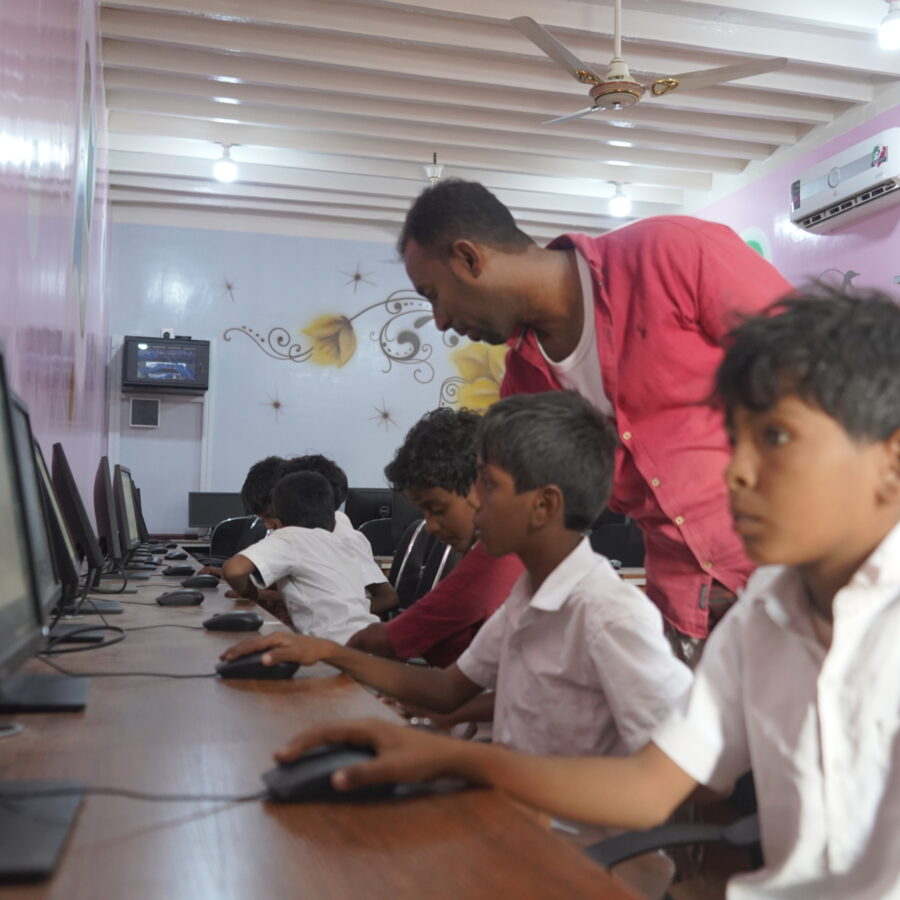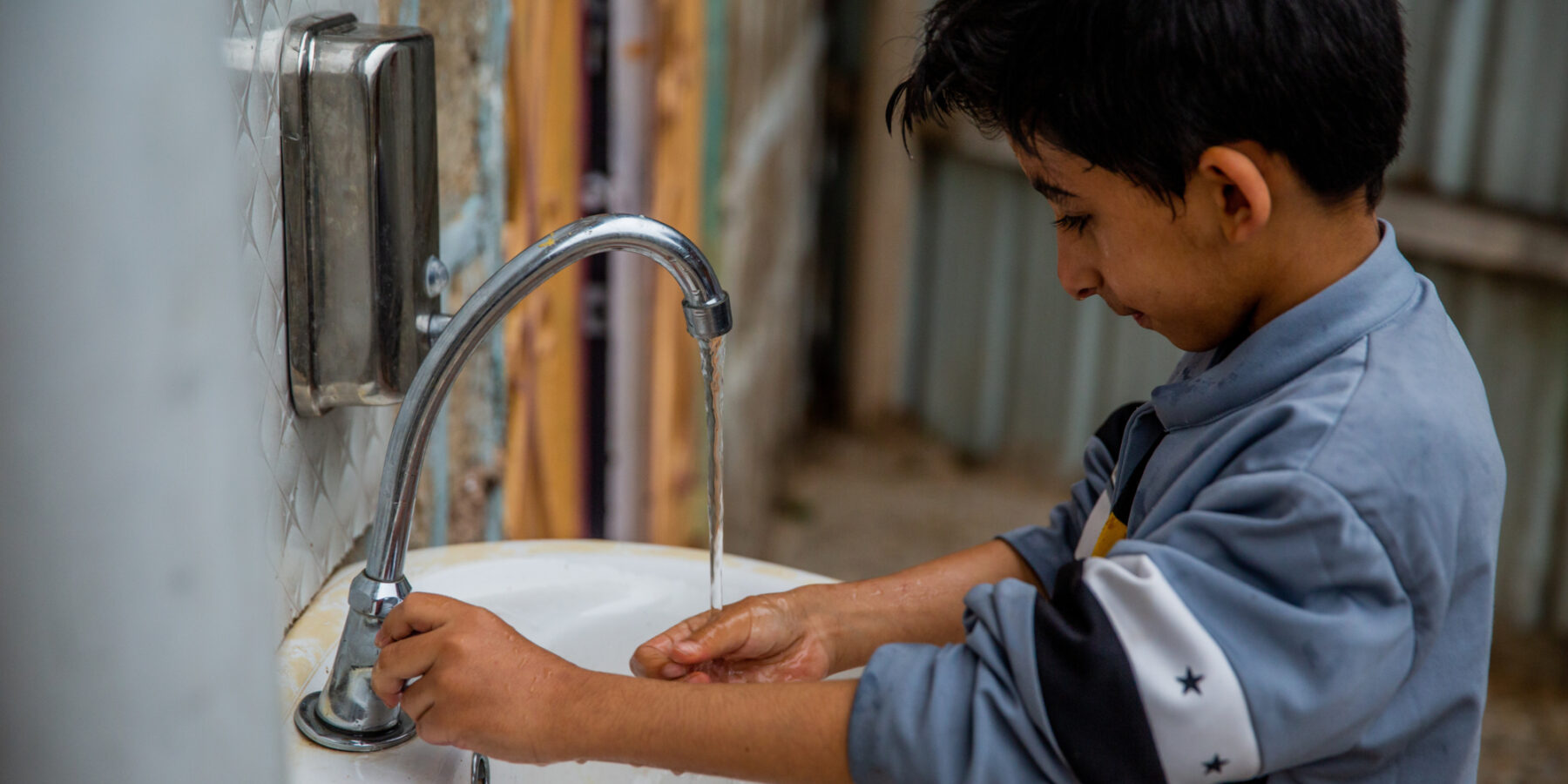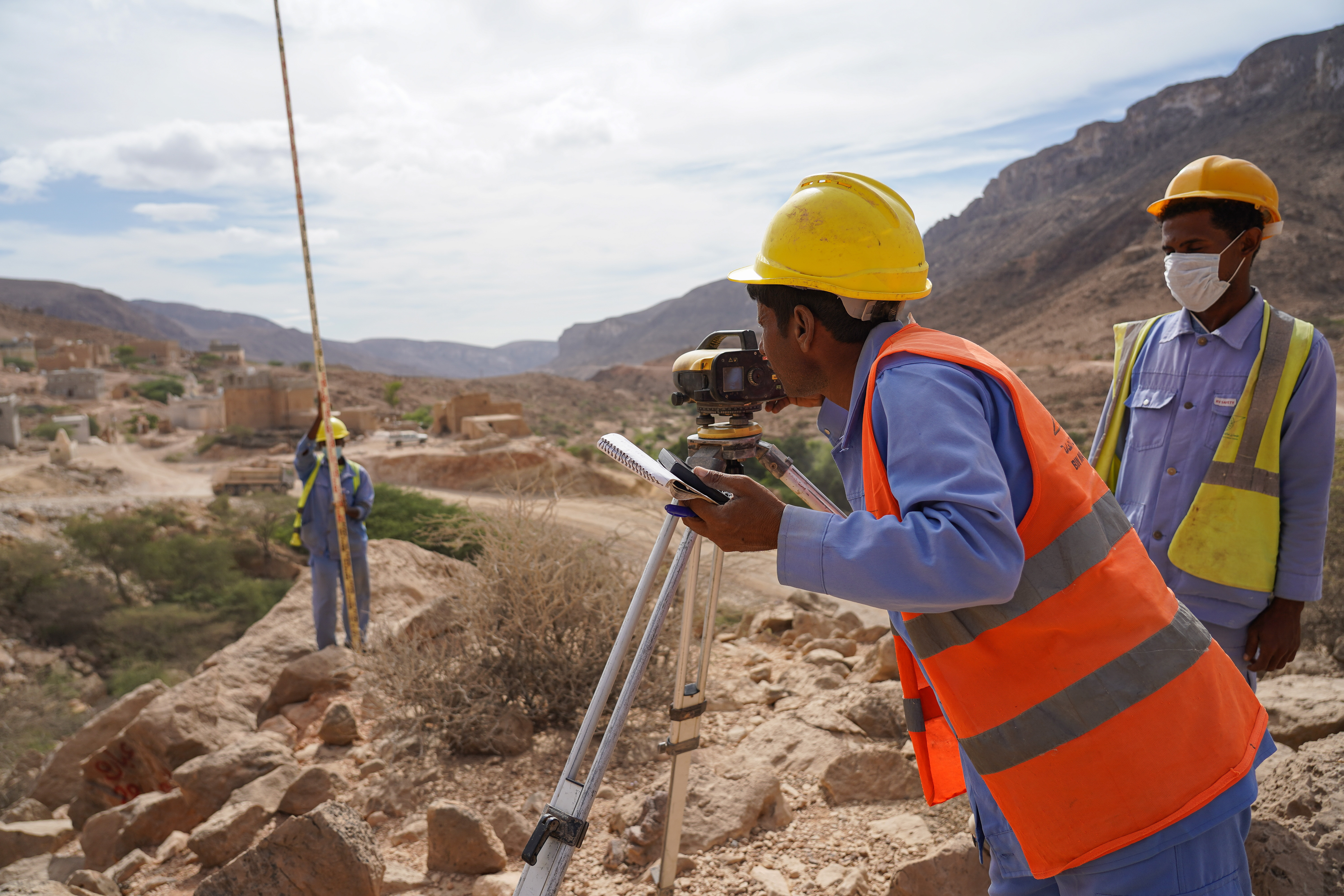The United Nations Office for Project Services (UNOPS)

Beyond the grid: Powering communities across Yemen
Renewable energy solutions are providing a more reliable source of electricity for millions of people in Yemen – and improving their access to essential services.
Years of ongoing conflict in Yemen has led to a catastrophic humanitarian crisis. Around 21.6 million people – or two-thirds of the population – are in dire need of assistance.
Widespread damage to infrastructure, including the country’s electricity grid, has plunged millions into darkness, and crippled access to essential services like healthcare, education and clean water. As a result, many households and businesses rely on expensive fuel generators for energy, which further strains an already dire economic situation.
“We were suffering from electricity blackouts,” describes Abdullah Faisal, the Hospital Director at Amlah Noman Hospital in Sa’dah. “Electricity was only available for two hours a night. If we received a patient at night, there would be no electricity,” he adds.
Nurse Somaia Ali describes what it was like working at Al Mazariah Health Centre in Al Hudaidah: “The centre was not operating. There was no electricity or medicines. People were not satisfied and went to other health centres further away.”
In Zameh subdistrict in Ibb Governorate, fetching water was a time consuming task for community members.
"Women and children used to embark on a four-hour journey to fetch water from a distant well and bring it home. They started the journey as early as 3 a.m,” says Muhammad Abda Ubaid, a resident of Zameh.


To help provide more reliable and affordable sources of electricity, UNOPS with funding from the World Bank Group’s International Development Association, is implementing the Yemen Emergency Electricity Access Project. The project seeks to improve access to electricity in rural and peri-urban areas across the country.
Prioritizing resilience and sustainability, UNOPS installed high quality and robust solar systems built to withstand Yemen's harsh terrain, remote locations and extreme weather conditions. Training local communities on maintenance and use was prioritized, while leveraging the existing solar market and introducing standards on systems helped improve quality across the market.
During phase one of the project, an estimated 4 million people benefited from the initial phase:
We have been providing services with great satisfaction since the installation of solar energy at the health centre, where life has now returned. The equipment is now working. We can now spare people the hardship of having to travel to health centres further away.
Solar energy has further helped transform schools, helping build engaging and enriching learning environments.
“Electricity is available now and so we have the opportunity to come and learn,” says Sally Abdulghani, a student at Naser Halqan School in Taiz.
“The computer lab has become a centre of learning [and] plays a great role in empowering many girls. It is having a great impact on our lives and our future,” she adds.




Now, at the midpoint of the second phase, the project continues to reach even more vulnerable communities in need. So far, solar systems have been installed in 62 schools, 72 health facilities and 51 water stations. More than 50,000 households have also been supplied with pico units.
In Zameh, UNOPS designed and installed multi-stage solar powered water pumping systems to bring water to households in the remote villages. Water is pumped from the well to a tank on one mountain, then relayed to a second tank on another mountain, and relayed to a third tank on a yet higher altitude. This approach ensures that several villages benefit from clean water supply.
This is a blessing. Today, water reaches our homes. Women and children no longer have to walk long distances to bring water – it's a dream come true!
With two years left in the project, UNOPS and the World Bank will continue to provide clean and reliable electricity in more communities across the country. Solar energy is expected to reach some 200 water wells, 250 health centres, 100 schools and 200,000 households. The project’s legacy, however, extends beyond powering communities in need, but further paves the way for a more resilient and sustainable future for Yemen.



About the project
Phase II of the Yemen Emergency Electricity Access Project is a four-year project implemented by UNOPS with $100 million in financing from the World Bank Group’s International Development Association (IDA). The project aims to improve access to energy for people living in rural and peri-urban areas across Yemen. Read more here.
Phase I of the project, implemented by UNOPS and funded though a $50 million IDA grant, ran from 2018-2022. Read more here.



















